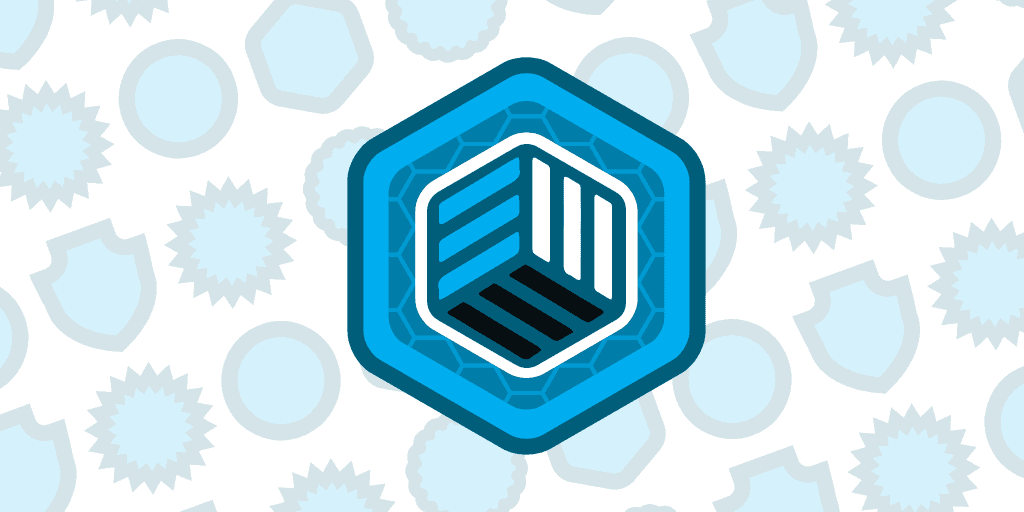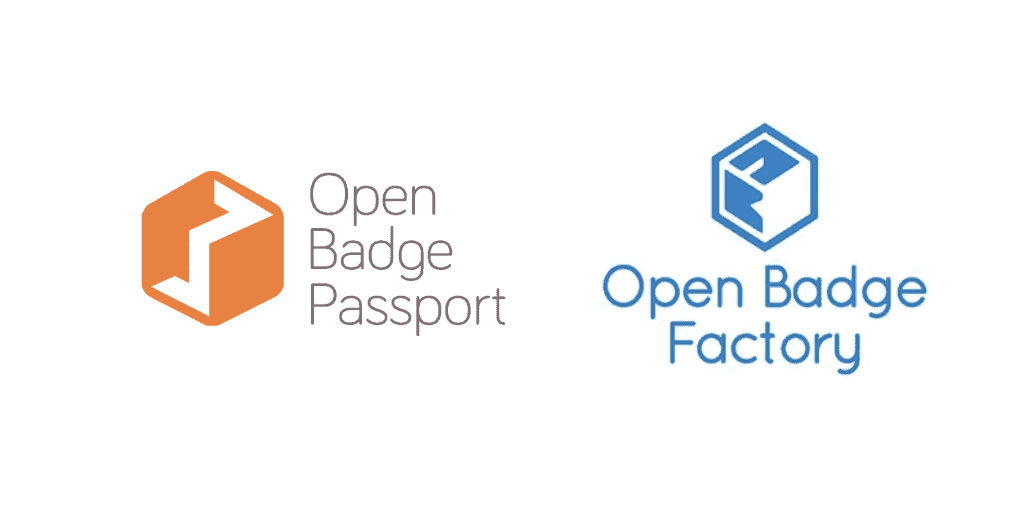Certifications, online courses, MOOCs, etc. Over the years, many skills development opportunities have emerged. Digital training tools, which are easy to access and often free, are an excellent solution for lifelong and post-training learning.
One such tool is the Open Badge, which as its name suggests, is a form of digital credential that is “open” to all. Created in the early 2010s, Open Badges add to the range of existing digital training tools.
But what exactly is an Open Badge? What are its characteristics? And benefits? Let’s find out how to make the most of digital Open Badges.
What is a digital Open Badge?
In 2011, the Mozilla Foundation and the MacArthur Foundation created the first Open Badges as a free and open specification, based on blockchain. According to an academic paper co-authored by Peer 2 Peer University and the Mozilla Foundation, this standard is defined as an “evidence, symbol or indicator of achievements, skills, quality, or interest.” Its strength lies in the information and data it contains, which includes: the identity of the beneficiary and of the issuer, what it represents, etc.

Officially launched in 2012, the Open Badge specification quickly gained popularity in the United States: it was issued by more than a thousand organisations in 2013. This open source standard has steadily gained recognition over the years and on a global scale, requests have multiplied and training organisations have gradually adopted it as a new form of learning certification.
If the concept of digital Open Badge seems unclear at first, don’t panic! To get you up to speed, we’ve listed below some real-world examples of how they can be used:
- To recognise a skill
Some skills, such as teamwork or agility, are not necessarily reflected by a traditional university degree. With Open Badges, learners can get the recognition they deserve and verify more formal or general skills.
- To recognise commitment
Schools and universities have been experimenting with Open Badges for several years now. For instance, a student who takes an active stance in class can see their participation valued.
- To recognise a project
Open Badges can also be used to verify and acknowledge your personal and community achievements or projects. This can help you stand out in job applications, or simply improve your brand image.
Digital Open Badges provide a wide range of possibilities. In addition to increasing the value of under-considered criteria, Open Badges offer clear benefits for the all stakeholders:
- For beneficiaries
Beneficiaries can link their various badges together. For instance, Open Badges can be collected in a single digital wallet and complement each other.
- For issuers
For issuers, the main benefit is that they provide tamper-proof credentials that recognise the value of dispensed training by helping learners gain concrete knowledge. Furthermore, issuing organisations can now better assess talents so they don’t slip away.
- For developers
Finally, Open Badges allow developers to create better learning recognition systems.
Open Badge Issuers
Before we go into more detail about how Open Badges are issued and obtained, let’s focus on the issuers. Indeed, there are many organisations issuing digital badges and it can prove difficult to know where to start. Here are two examples of issuers:
Open Badge Passport
The company Open Badge Passport is certified by IMS Global Learning Consortium and therefore compliant with the latest industry standards. With Open Badge Passport, the user can easily collect their badges, centralise them, and even share them with their network in a click.
Open Badge Factory
Like Open Badge Passport, Open Badge Factory stores badges and makes it easy for the user to share them on social media. The company also ensures that issued badges contain accurate information.

Tutorial: how to highlight your Open Badges
How to use a digital Open Badge? Now that you understand the main features and benefits of this tool, let’s take a closer look at how it can be used. There are three main steps:
Step 1: Acquisition
You (the beneficiary) wish to obtain an Open Badge from an organisation (the issuer). The issuer, who has created the badge, requires you to meet a number of criteria before claiming the learning certification. This serves as evidence that the beneficiary has mastered the required skills or competencies. While Open Badges are subject to a standard, one issuer will not necessarily use the same success criteria as another for the same skill or achievement. So it’s up to the beneficiary to adapt to these circumstances.
Step 2: Delivery
Once the beneficiary has met all the criteria required for obtaining an Open Badge, the issuer can proceed with delivering the badge. The beneficiary will have access to a wide range of data and information attesting to its authenticity. This includes the identity of both the beneficiary and the issuer, evidence and criteria for the badge’s attribution, the date of issue and expiry, and a digital signature. The idea behind making this data available is to give badges better recognition, and a reliable and verifiable value.
Step 3: Sharing and highlighting
Once the badge has been issued, one question remains: what can you do with your Open Badge? As mentioned above, there are many tools and software to collect and store your Open Badges, such as the Open Badge Passport. But the key is to make the most of your badges.
There are numerous possibilities: for instance you can share your recently earned credentials on social media. This will help tune your digital image and presence. Another option would be to add it on your CV to support your job applications.
Finally, don’t hesitate to share your Open Badges on professional social networks. LinkedIn has a feature to add certifications directly to your account and online profile. For more information and support, see our tutorial on how to add a certification on LinkedIn.

BCDiploma: blockchain-based degrees and badges
Want to know more about blockchain in education, digital Open Badges and how to use them?
At BCdiploma, we rely on blockchain to issue badges, but also diplomas, certificates and micro credentials. Our services are already used by more than a hundred institutions and organisations in more than twenty countries.
If you wish to learn more about BCdiploma, our range of IMS-certified Open Badges and our services, please visit our website.
